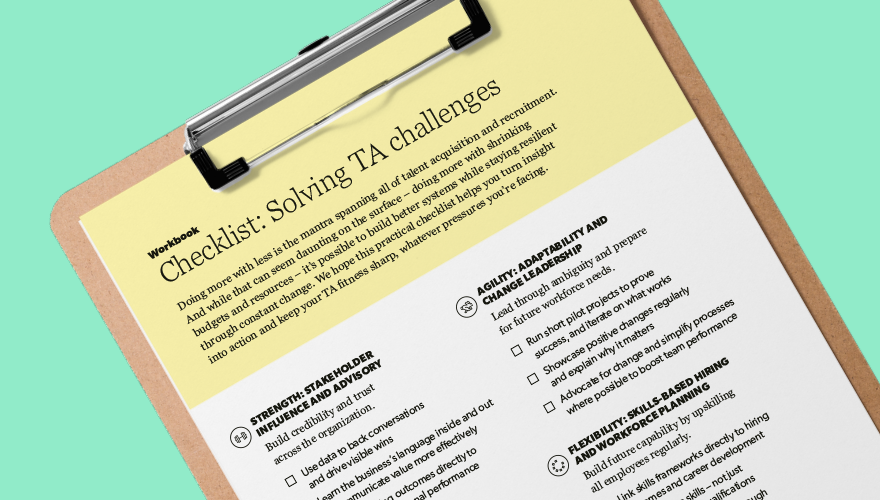Blog
Why a blended workforce helps improve business performance

Gone are the days when a workforce was made up entirely of full-time, 9-to-5 employees. Today’s top-performing organizations are leaning into blended workforce models – and seeing big results.
So, what exactly is a blended workforce? Think of it like a well-stocked toolbox. Full-time employees, contingent workers, freelancers, SOW providers, and even talent pools waiting in the wings. Each resource has its strength – and together, they give you the flexibility to tackle any talent acquisition and business challenges that come your way.
Why a blended workforce matters now more than ever
Speed and scalability
In a world where demand can spike overnight, agility is everything. A blended workforce lets you scale up or down quickly. Launching a new product? Expanding into a new market? You can bring in the skills you need without bloating your permanent headcount. And when the need passes, you can scale back without layoffs or on-the-fly restructuring.
Strategic cost management
Hiring full-time employees comes with long-term costs: salaries, benefits, overhead, and more. But what if the work is temporary, project-based, or fluctuates seasonally? That’s where contingent and contract talent shine. You match cost to output, not just roles to org charts.
Access to specialized skills
Blended models let you tap into niche expertise – fast. Need a cybersecurity pro for a three-month audit? A freelance UX designer to freshen up your app? An SOW partner to manage a large-scale implementation? These resources give you access to skills that are hard to hire or don’t make sense to keep on payroll.
Increased innovation and fresh thinking
Bringing in new perspectives isn’t just a nice-to-have – it fuels innovation. Freelancers and contractors often bring experience from other industries, fresh ideas, and ways of working that challenge internal norms. That cross-pollination can be a major performance booster.
Workforce resilience
Over the last decade we’ve learned a lot about disruption. Organizations with blended workforces fared better – they could flex, pivot, and recover faster. Why? Because they weren’t locked into rigid structures. They had options.
Talent attraction and retention
Today’s workers want choices. Some crave full-time stability. Others want project-based flexibility. A blended approach lets you engage with both – and build loyalty by meeting talent where they are. It sends a strong signal that your organization values contribution, not just classification.
Making it work
Of course, a blended workforce doesn’t manage itself. It takes strategy. You need visibility into who’s doing what, compliance guardrails, and integrated systems for sourcing, onboarding, and managing performance across worker types.
That’s where integrated talent solutions and an expert partner comes in. A recruitment outsourcer helps you manage the complexity so you can focus on the outcomes.
Bottom line: A blended workforce isn’t about replacing full-time employees. It’s about enhancing your team’s capabilities, responding to change with confidence, and building a future-ready talent strategy.
Because when your workforce flexes to meet your business goals – not the other way around – you don’t just keep up. You lead.
7 reasons recruitment outsourcing is right for you
Learn more about how to uplevel your workforce with recruiting outsourcing.












